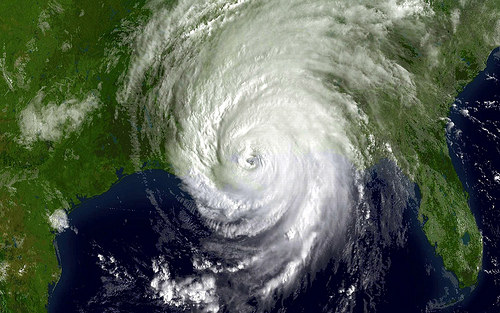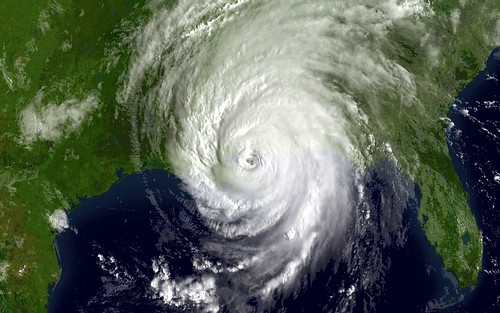Cover photo courtesy of NOAA Satellite Images
Hurricane Patricia hit Mexico on Friday, Oct. 23, and later made its way into Texas. The most powerful hurricane ever recorded in the Western Hemisphere, Patricia has caused the Hurricane Forecast Improvement Project (HFIP) to consider adding a new category to the hurricane scale in order to account for storms of such potency in the future.
Although the Mexican government began planning for the event several days in advance, it was not until Thursday that the true power of the incoming hurricane began to appear on scientifically instrumented hurricane trackers. The Mexican community was left with little time to sufficiently prepare for the storm. They were forced to handle what was initially forecasted as a typical tropical storm as it developed into a historically powerful hurricane.
Upon hearing the potential damage that the storm could bring, officials in Mexico declared a state of emergency, and began evacuating thousands from areas predicted to fall under the path of Patricia. The hurricane hit southwestern Mexico the hardest, near an area known as Cuixmala.
However, Patricia did not cause as much physical damage as expected. As it hit the coast of Mexico on Friday afternoon, it had already mellowed down to a Category 5 storm, weaker than what had been anticipated. Mountainous terrain near southwest Mexico was able to weaken the strength of the 165 mph winds.
Luckily, heavily populated areas were not as affected from the storm as was previously predicted. The greatest damage from it was near Cuixmala, one of the least populated areas of Mexico’s Pacific coast. Six people have been reported dead thus far, but scientists report that if the storm had veered slightly north or south, death tolls could have been much greater.
However, despite low death tolls, the devastation that did happen from Patricia was not trivial. Around 3,000 homes were damaged and more than 250,000 Mexicans were left without power, and local banana crops, worth millions of dollars to Mexican farmers and government, were destroyed.
Patricia was downgraded to a tropical storm 24 hours after leaving Mexico, as it began to approach the U.S. , striking parts of Texas, particularly Houston and areas near Austin. The storm caused roads to flood, leaving many motorists stranded.
The inability of the Mexican and Texas governments to prepare for the magnitude of the event has strengthened a discussion already present in the hurricane-forecasting field. Scientists are calling for more advanced equipment in predicting such events, and believe that Patricia was the perfect example. Forecasters have claimed that a need for the increase in funding for this weather forecasting equipment would be crucial. Due to the increasing prominence of global warming, scientists believe this need is becoming absolutely mandatory.
CNN, MSNBC, and BBC contributed to this report.












































































































